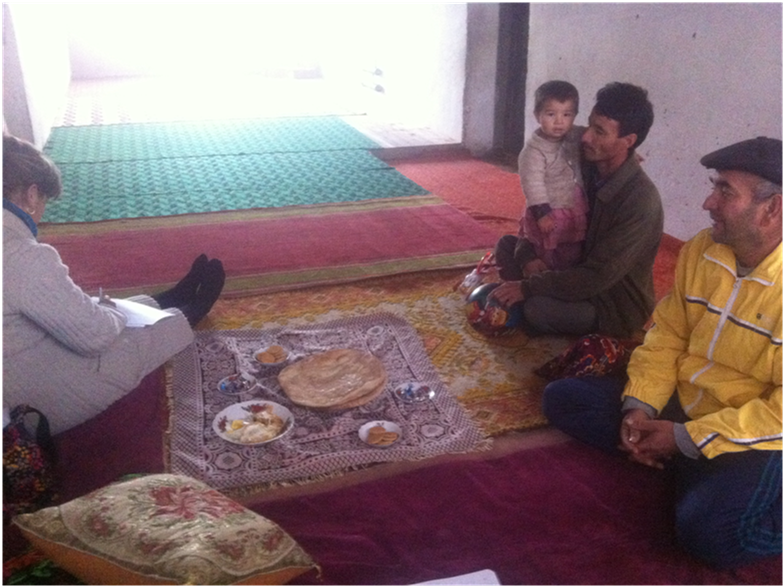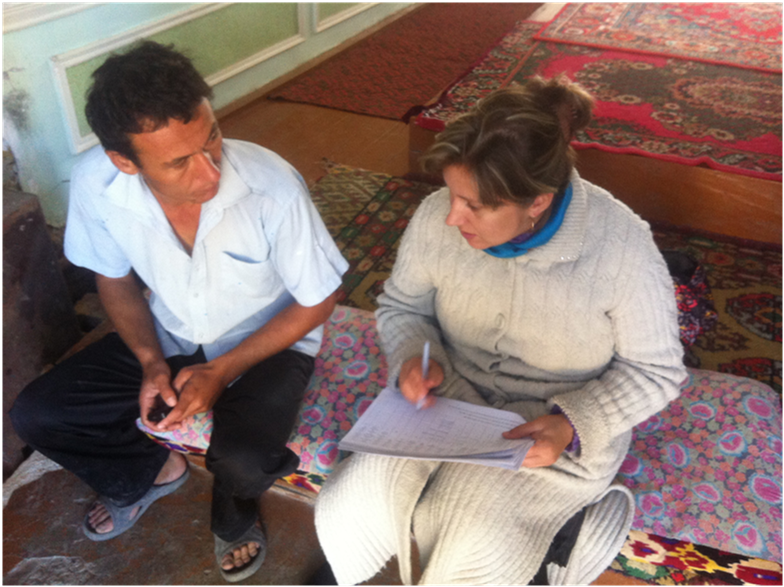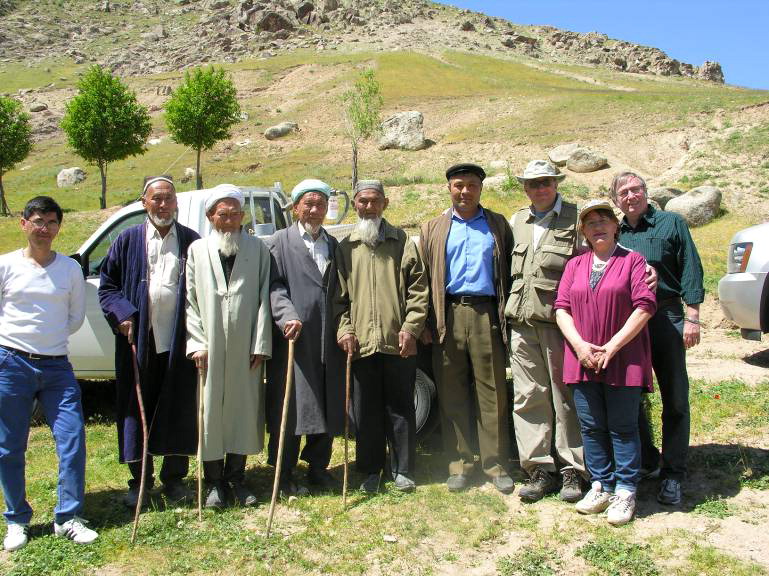The PEER grantee team established two research & demonstration sites: one in Central Kyzylkum (demonstrating natural inland salinity), the other in Khoresm (exhibiting secondary salinization of old irrigated agricultural lands near Shurkul Koshkupur Lake) in Uzbekistan. They monitored and sampled soil and water from fields, lakes and irrigation canals. The researchers cultivated salt-tolerant and halophyte plants and studied their agrobiological characteristics, including under what methods and conditions they grew, total biomass, as well as their contents of protein, lipids/fat and hydrocarbons for foraging and biofuel.
During the project period, researchers found that these ecosystems were vulnerable in terms of climatic extremes and availability of water resources. In addition, soils affected by secondary salinization were difficult to manage through conventional methods.
Growing halophytes in pure stands or intercropped with salt-tolerant fodder crops, cereals and oil plants showed good results on enhancing natural resources management, improving food security and diversifying income of agropastoralists in these remote desert areas. A socio-economic evaluation also showed environmental and economic feasibility for using dual- purpose crops for forage production and for livestock feeding systems using marginal saline water for irrigation.

Socioeconomic survey in Ortayap village (photo courtesy of Dr. Toderich) | 
Dr. Inna Rudenko surveying the villagers (photo courtesy of Dr. Toderich)
|
A promising research area was the diversification of crops with alternative salt and drought tolerant crops, such as sorghum (
Sorghum bicolor), pearl millet (
Pennisetum glaucum) and various species of legumes (alfalfa, licorice, soya bean, mung bean, vicia, and cow pea). The research team found two main advantages for the cultivation of a variety of nontraditional crops: creating a stable grain production and fodder supply necessary for the development of local livestock, and preventing erosion and improving soil productivity.
The project team worked with partners to organize a training seminar for farmers to present and discuss technological innovations in agriculture and food security. Approximately 180 participants included farmers, animal breeders, extension officers, scientists, policymakers, private sector representatives, students, international consultants and governmental leaders. The seminar covered topics such as best practices in conservation agriculture, biosaline agriculture and soil salinity management, pasture improvement, irrigation, land, and water and dryland ecosystems function.
Farmers have shown great interest in transfers of agricultural innovations, modern technologies for growing plants on degraded and marginal lands, effective methods of water use, adoption of conservation agriculture technologies, and integrated pest control.
PublicationNatalya Akinshina, Azamat Azizov, Tatyana Karasyova, and Edgar Klose. 2016. On the Issue of Halophytes as Energy Plants in Saline Environment.
Biomass and Bioenergy 91: 306–11.
https://doi.org/10.1016/j.biombioe.2016.05.034 






